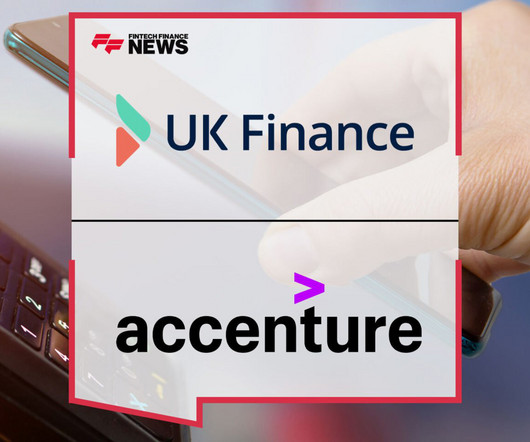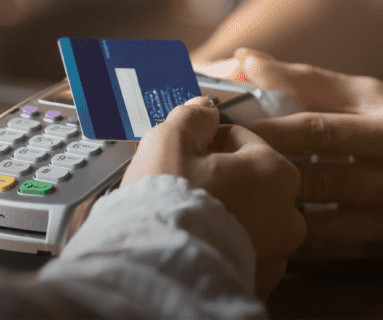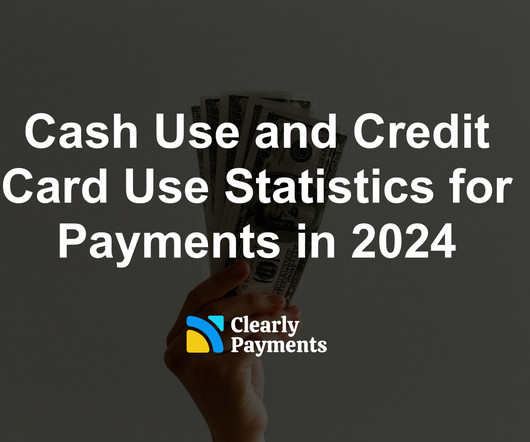One Third of UK Adults Now Use Mobile Contactless Payments
Fintech Finance
JULY 23, 2024
UK Finance today releases its latest Payment Markets Report, produced in collaboration with Accenture , which shows payments trends for the UK in 2023 and gives forecast projections for the next decade. Key figures for 2023 The total number of payments made in the UK increased by five per cent to 48.1 billion, up from 45.7














Let's personalize your content